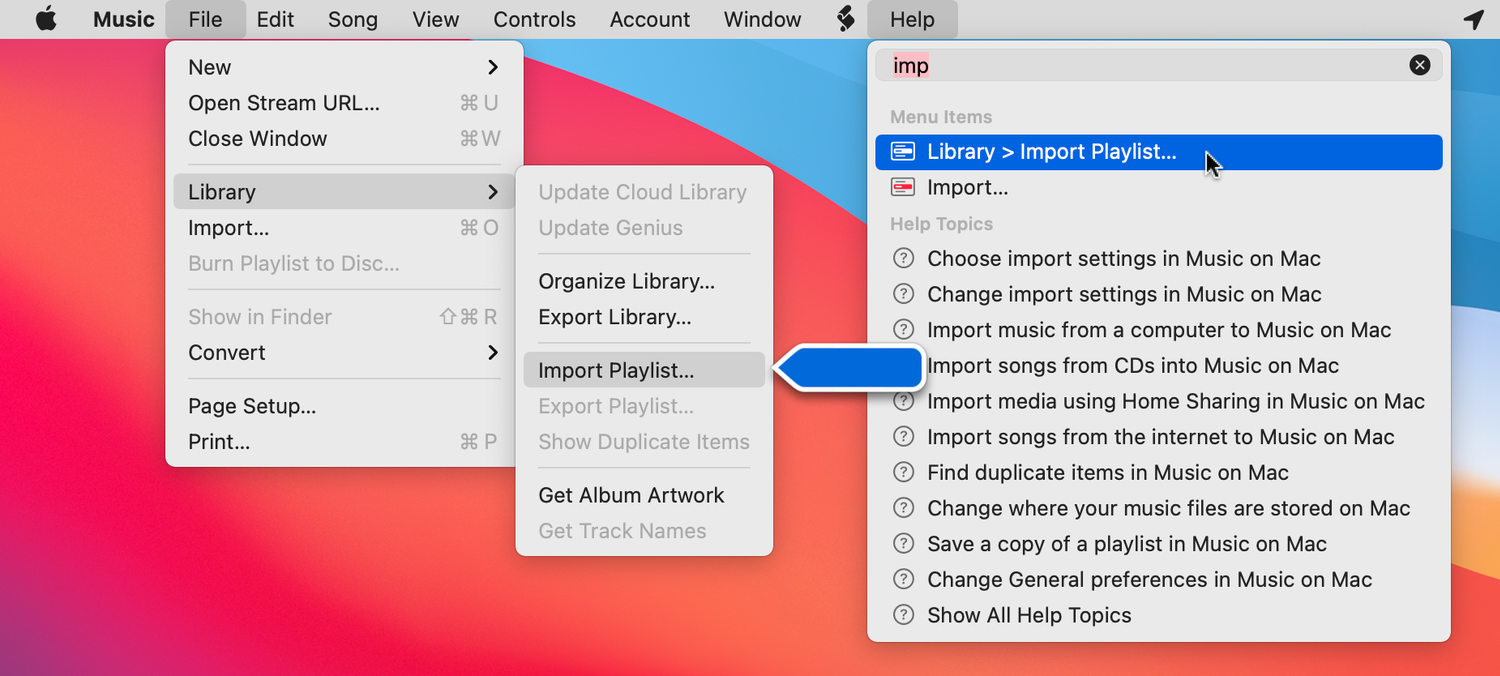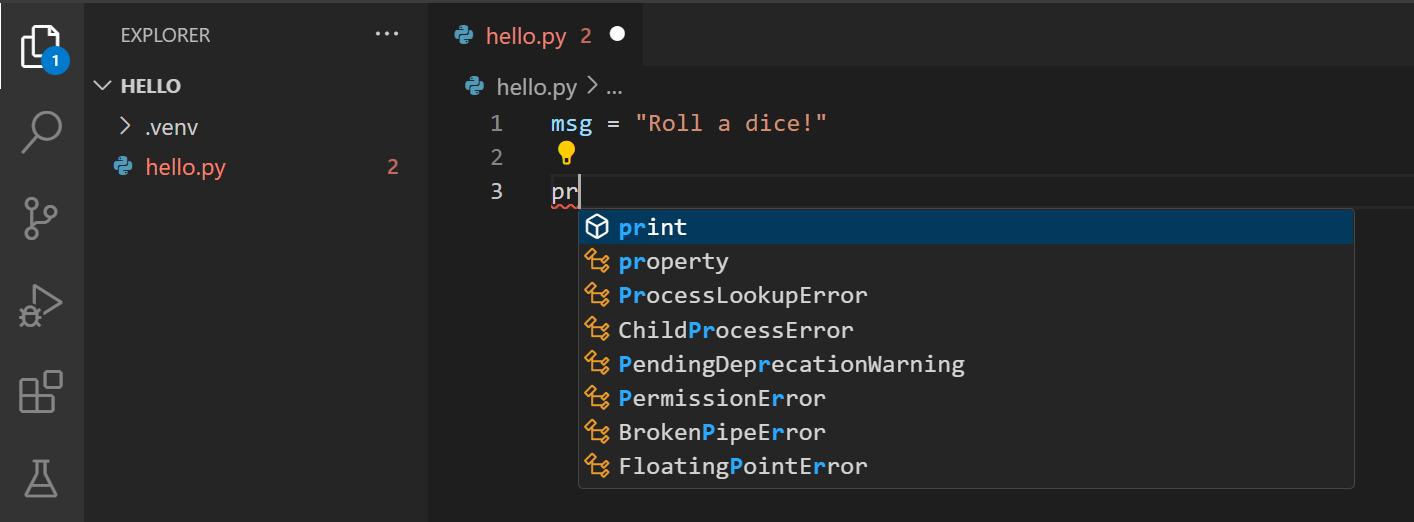

- Primarily use for text document navigation system on mac mac os x#
- Primarily use for text document navigation system on mac windows#
The title bar is typically used to display the name of the application, or the name of the open document, and may provide title bar buttons for minimizing, maximizing, closing or rolling up of application windows. As a convention it is located at the top of the window as a horizontal bar. Title bar is a graphical control element and part of the window decoration. Window decorations are considered important for the design of the look and feel of an operating system and some systems allow for customization of the colors, styles and animation effects used. The border exists primarily to allow the user to resize the window, but also to create a visual separation between the window's contents and the rest of the desktop environment. In the predominant layout for modern window decorations, the top bar contains the title of that window and buttons which perform windowing-related actions such as:
Primarily use for text document navigation system on mac windows#
On Microsoft Windows this is called "non-client area". The window decoration is a part of a window in most windowing systems.Ī windows decoration typically consists of a title bar, usually along the top of each window and a minimal border around the other three sides. The drawing of the content is the task of application software. The window decoration is drawn by an OS-level process such as a window manager. GNU Emacs uses the term 'window' to refer to an area within its display while a traditional window, such as controlled by an X11 window manager, is called a 'frame'.Īny window can be split into the window decoration and the window's content, although some systems purposely eschew window decoration as a form of minimalism.
Primarily use for text document navigation system on mac mac os x#
Some windows in Mac OS X have a feature called a drawer, which is a pane that slides out the side of the window and to show extra options.Īpplications that can run either under a graphical user interface or in a text user interface may use different terminology. "Child windows" in multiple document interfaces, and tabs for example in many web browsers, can make several similar documents or main objects available within a single main application window. The working area of a single document interface holds only one main object. Around the working area, within the bounding window, there may be other smaller window areas, sometimes called panes or panels, showing relevant information or options. In the working area, the document, image, folder contents or other main object is displayed. Windows usually include other graphical objects, possibly including a menu-bar, toolbars, controls, icons and often a working area. In a modern full-featured windowing system they can be resized, moved, hidden, restored or closed. Windows are two dimensional objects arranged on a plane called the desktop metaphor. Some speculate that this gave them access to Apple's OS before it was released and thus influenced the design of the windowing system in what would eventually be called Microsoft Windows. Microsoft was developing Office applications for the Mac at that time.

It was first used on Apple's Lisa and later Macintosh computers. Apple developed an interface based on PARC's interface. ĭuring the 1980s the term " WIMP", which stands for window, icon, menu, pointer, was coined at PARC.Īpple had worked with PARC briefly at that time. Research continued at Xerox Corporation's Palo Alto Research Center / PARC (led by Alan Kay). Their earliest systems supported multiple windows, but there was no obvious way to indicate boundaries between them (such as window borders, title bars, etc.). The idea was developed at the Stanford Research Institute (led by Douglas Engelbart).

Each grey-bordered area is a separate window showing a different file. Text windows are usually controlled by keyboard, though some also respond to the mouse.Ī graphical user interface (GUI) using windows as one of its main " metaphors" is called a windowing system, whose main components are the display server and the window manager.Įxample of windows on a text-only display. Text-only displays can also support windowing, as a way to maintain multiple independent display areas, such as multiple buffers in Emacs. Windows are primarily associated with graphical displays, where they can be manipulated with a pointer by employing some kind of pointing device. It displays the output of and may allow input to one or more processes. It usually has a rectangular shape that can overlap with the area of other windows. It consists of a visual area containing some of the graphical user interface of the program it belongs to and is framed by a window decoration.

In computing, a window is a graphical control element. For other uses, see Window (disambiguation). For the Microsoft operating system, see Microsoft Windows. This article is about the graphical display of the functions of a computer.


 0 kommentar(er)
0 kommentar(er)
